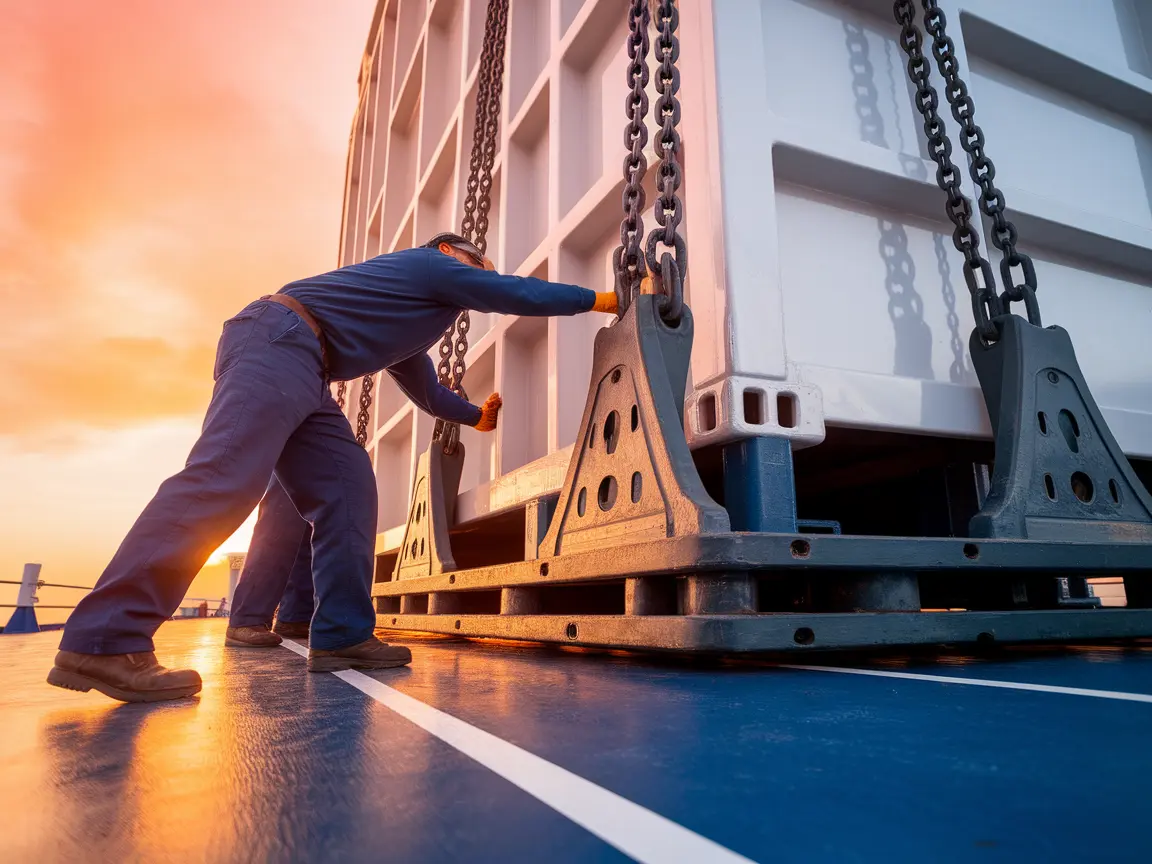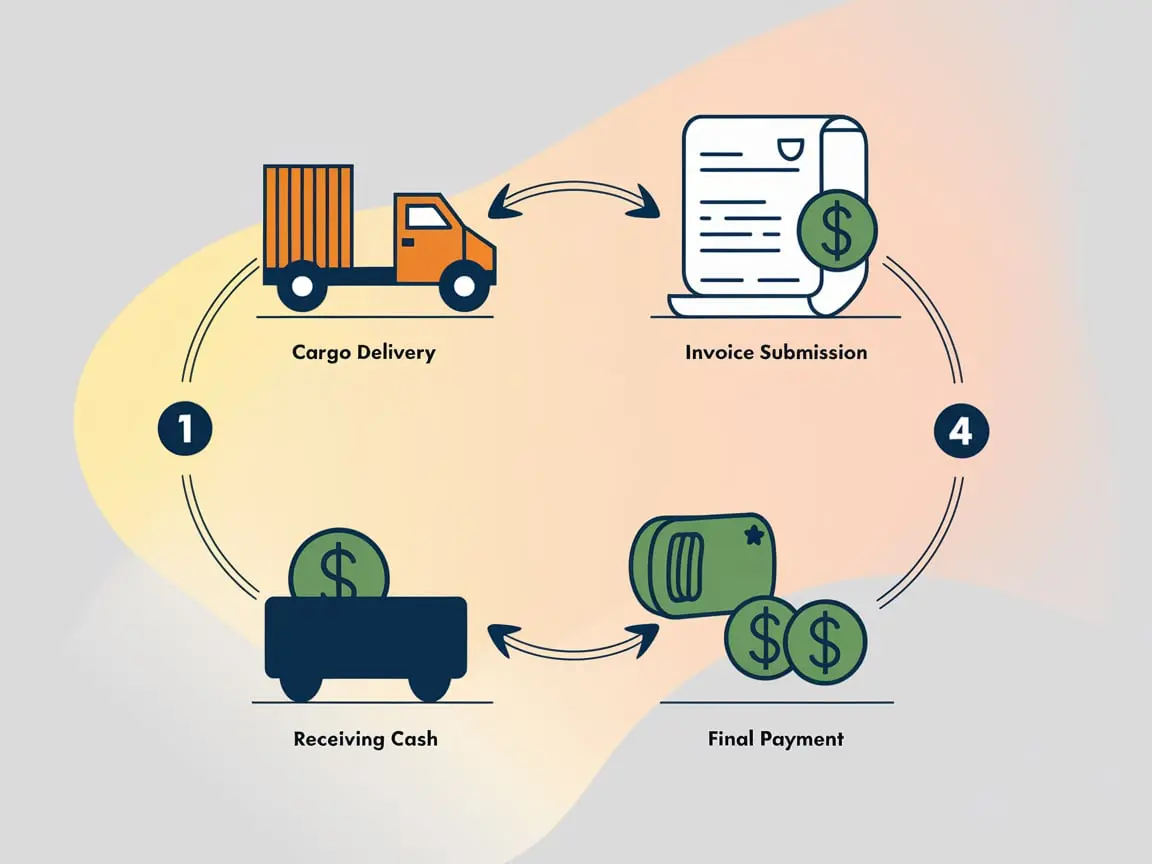When it comes to transporting goods, securing cargo properly is essential to prevent damage and ensure safety during transit. One of the most important techniques used in freight transport is lashing of cargo. But what exactly does this term mean, and why is it crucial for industries involved in logistics and shipping?
In this comprehensive guide, we will explain what lashing of cargo is, its importance, methods, and best practices, ensuring that your shipments reach their destination securely—whether you are moving goods locally or handling shipping from Dubai to Saudi Arabia.
What is Lashing of Cargo?
Lashing of cargo refers to the process of securing goods on a transport vehicle—such as ships, trucks, or containers—using various fastening materials like ropes, chains, straps, and tensioners. This technique prevents cargo from shifting, tipping, or getting damaged during transit due to external forces like wind, waves, or road vibrations.
Importance of Cargo Lashing in Freight Transport
Proper cargo lashing is essential for several reasons:
- Prevents Damage – Properly secured cargo reduces the risk of goods getting damaged due to movement, impact, or falling during transportation.
- Enhances Safety – Loose cargo can pose serious safety hazards to drivers, workers, and other road or sea users.
- Compliance with Regulations – Many international shipping and transportation authorities enforce strict cargo lashing standards to ensure the safe handling of goods.
- Reduces Financial Losses – Damaged cargo results in financial losses for businesses due to product replacement costs and delays in supply chains.
- Improves Load Stability – Ensures that the cargo stays balanced, reducing stress on the transport vehicle and preventing accidents.
Common Cargo Lashing Methods
Depending on the type of cargo and transport mode, different lashing methods are used. Here are some of the most commonly used techniques:
1. Chain Lashing
- Uses heavy-duty chains and tensioners to secure large or heavy equipment.
- Commonly used in shipping and industrial transportation.
2. Webbing/Strap Lashing
- Uses polyester straps that are tightened with ratchet tensioners.
- Ideal for securing lightweight cargo in containers or trucks.
3. Rope Lashing
- A traditional method using high-strength ropes to tie down cargo.
- Best suited for securing bulk loads in open transport.
4. Wire Rope Lashing
- Utilizes steel wire ropes to hold down oversized or heavy cargo.
- Used mainly in maritime and heavy-duty transport.
5. Blocking and Bracing
- Involves using wooden blocks, wedges, or panels to keep cargo from shifting inside containers.
- Commonly used for shipping fragile or sensitive goods.
Best Practices for Effective Cargo Lashing
To ensure maximum security of cargo, follow these best practices:
- Choose the Right Lashing Equipment – Use high-quality, durable lashing materials suited to the type and weight of the cargo.
- Distribute Load Evenly – Properly distribute the weight to maintain stability during transport.
- Check for Wear and Tear – Regularly inspect lashing equipment for damage or wear before use.
- Follow International Standards – Adhere to global safety guidelines such as those set by the International Maritime Organization (IMO) and the International Road Transport Union (IRU).
- Train Personnel – Ensure that workers handling cargo are trained in proper lashing techniques to reduce human errors.
Lashing of Cargo in International Shipments
For businesses involved in shipping from Dubai to Saudi Arabia and other global markets, cargo lashing is a critical step in ensuring smooth and safe deliveries. Whether transporting construction materials, electronics, or industrial machinery, securing cargo correctly prevents damages and reduces transit risks.
Conclusion
The lashing of cargo is an essential practice in freight transport, ensuring safety, compliance, and efficiency in logistics. By using the right lashing techniques and adhering to safety guidelines, businesses can minimize risks and ensure smooth shipping operations.
If your company is involved in international trade or local transportation, investing in proper cargo securing techniques will protect your goods and enhance your supply chain reliability.






